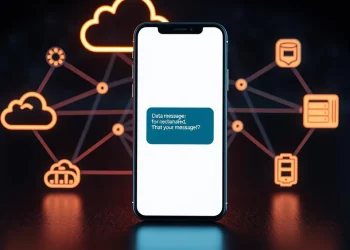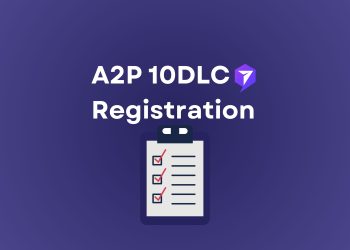Customer Relationship Management (CRM) is vital to any business that manages and maintains customer relationships. One of the critical components of any CRM system is the CRM database. In this quick guide, we’ll explore a CRM database, its meaning, examples, and the importance of CRM data management.
What is a CRM Database?
A CRM database is a central repository where a business can store all the customer data it collects. This data can include personal information, purchasing behavior, communication history, and other relevant information that the business can use to understand better and serve its customers.
In today’s digital age, businesses of all sizes must collect and analyze large amounts of customer data to stay competitive. Whether it’s an online retailer tracking customer purchase history or a brick-and-mortar store logging customer interactions, all businesses need a system for organizing and analyzing customer data.
A CRM database is a tool that helps businesses manage their customer relationships more efficiently. By storing all customer data in one place, businesses can easily access and analyze the information to gain valuable insights into their customers’ needs and behaviors. These insights can be used to tailor marketing campaigns, improve customer service, and ultimately increase sales.
CRM Database Meaning
A CRM database is not just a collection of customer data but a strategic tool for managing customer relationships. The meaning of a CRM database goes beyond just storing customer data. It’s about leveraging that data to gain insights into customer behavior, identify growth opportunities, and improve the overall customer experience.
The primary goal of a CRM database is to help businesses build long-term relationships with their customers. By understanding their customers’ needs and preferences, businesses can tailor their products and services to meet those needs, increasing customer loyalty and revenue.
CRM Database Example
Let’s look at a real-world example of a CRM database in action. Imagine a small online clothing retailer that wants to improve its sales and customer satisfaction. The retailer could use a CRM database to store all of its customer data, including:
- Personal information such as names, addresses, and contact details.
- Purchase history, including what items each customer has bought and when.
- Communication history, including emails and customer service interactions.
- Social media engagement, including likes, shares, and comments.
The retailer could identify patterns and trends in its customers’ purchasing behavior by analyzing this data. For example, it might discover that customers who buy a particular item are more likely to return to the website within a month to purchase something else. With this information, the retailer could target these customers with tailored marketing campaigns and special offers to encourage repeat business.
In this example, the CRM database is a powerful tool for improving customer relationships and driving revenue growth. By understanding customer behavior and preferences, the retailer can create personalized marketing campaigns that resonate with its audience and ultimately lead to increased sales and customer loyalty.
CRM Data Management
As you can see from the example above, a CRM database is only as valuable as the data it contains. Therefore, it’s essential to have robust CRM data management processes in place to ensure that the data is accurate, up-to-date, and accessible.
Here are some best practices for CRM data management:
Data entry: Ensure that all customer data is entered accurately and consistently. This includes standardizing formats for phone numbers, email addresses, and other contact details.
Data cleaning: Regularly review and update customer data to remove duplicate records, correct errors, and ensure that the data is consistent across all systems.
Data security: Protect customer data from unauthorized access or theft by implementing robust security measures such as data encryption and access controls.
Data integration: Ensure that the CRM database integrates seamlessly with other systems, such as marketing automation tools and customer service software, to ensure customer data is consistent across all systems.
By implementing these best practices for CRM data management, businesses can ensure that their CRM database is valuable for improving customer relationships and driving revenue growth.
Another important aspect of CRM data management is data analysis. Once the data is in the CRM database, businesses must be able to analyze it effectively to gain insights into customer behavior and preferences. This requires the use of data analytics tools and techniques to identify patterns and trends in the data.
One of the most common data analytics techniques used in CRM is segmentation. Segmentation involves dividing customers into groups based on shared characteristics, such as demographics, purchasing behavior, and communication history. By segmenting customers, businesses can tailor their marketing campaigns and customer service efforts to meet each group’s specific needs and preferences.
Another critical data analytics technique used in CRM is predictive modeling. Predictive modeling involves using statistical algorithms to identify patterns in customer behavior and predict future outcomes. For example, a retailer might use predictive modeling to identify which customers are most likely to purchase a particular product in the future, allowing them to target those customers with personalized marketing campaigns.
Conclusion
A CRM database is a powerful tool for managing customer relationships and driving revenue growth. By storing all customer data in one place, businesses can easily access and analyze the information to gain valuable insights into their customers’ needs and behaviors.
However, it’s essential to have robust CRM data management processes in place to ensure that the data is accurate, up-to-date, and accessible. With the right CRM data management practices, businesses can use their CRM database to build long-term customer relationships, drive revenue growth, and stay competitive in today’s digital age.














